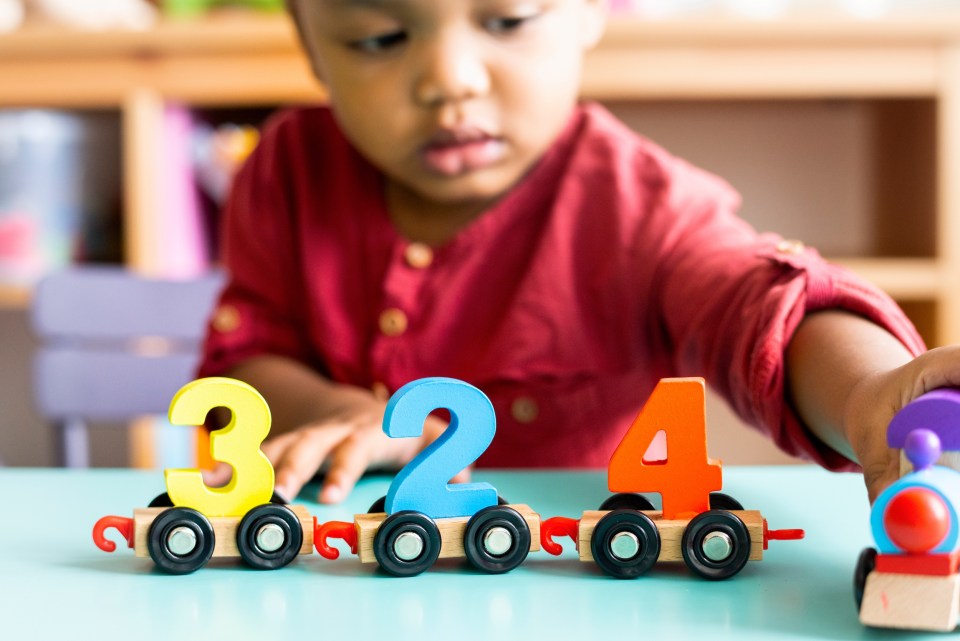Children explore the world first through sensation, touching, smelling, listening, seeing, and tasting. Sensory engagement isn’t just entertaining for preschoolers; it plays a fundamental role in the way they think, communicate, and develop emotional understanding. A well-crafted early learning environment doesn’t treat sensory input as a side feature but rather as a foundation for meaningful expression.
A dynamic preschool in Aventura integrates sensory experiences into everyday learning, allowing children to interpret the world around them using all five senses. This approach enhances language development, fosters social growth, and promotes creative self-expression, laying the groundwork for confident, emotionally intelligent learners.

The Science Behind Sensory Stimulation in Early Education
Neuroscience reveals that sensory processing is directly tied to brain development in early childhood. Sensory input triggers neural activity, creating connections that influence attention span, memory, and emotional regulation. When young children manipulate materials like clay, water, or sand, they aren’t just playing—they’re strengthening cognitive networks that support learning across domains.
Multisensory environments engage multiple brain regions simultaneously, enhancing problem-solving and comprehension. Rather than isolating tasks to a single skill, sensory-rich classrooms promote integrated learning experiences that foster a well-rounded approach to learning. Tactile exploration, visual stimuli, and auditory cues serve as gateways to understanding abstract concepts through concrete experiences.
Tactile Learning as a Tool for Communication
Hands-on materials empower children to express ideas before they develop the vocabulary to articulate them. Natural textures, malleable objects, and open-ended art supplies enable learners to convey their thoughts through form, movement, and shape, allowing them to express their ideas creatively and engagingly. Sensory expression offers a means of communicating complex emotions and ideas through nonverbal channels.
In a dynamic preschool in Aventura, educators provide access to clay, fabrics, water tables, and textured surfaces, enabling students to construct meaning through physical interaction. These tactile materials encourage focus and self-direction. Whether shaping a story out of dough or expressing mood through finger painting, children learn that communication goes beyond words.
Visual Stimulation That Sparks Curiosity
Color, light, and design influence how children perceive and interact with their surroundings. Visual components in the classroom, such as natural lighting, rotating displays, and layered textures, create an atmosphere that encourages exploration and response. Instead of overwhelming the senses, intentional design choices invite interaction.
Reggio-inspired classrooms often utilize mirrors to reflect movement, incorporate color palettes that mimic natural elements, and feature child-created artwork to center the student voice. These visual elements are not simply decorative; they reflect the ongoing learning process. When children see their work displayed, they feel valued, motivating further creativity and expression.
Sound and Movement to Foster Emotional Expression
Auditory and kinesthetic experiences support the regulation and expression of emotions. Music, rhythm, and movement offer outlets for feelings that may otherwise go unexpressed. Structured musical activities teach rhythm and coordination, while unstructured dance or movement games help children release energy and process emotions.
Including instruments, listening centers, and quiet zones within the classroom offers children multiple ways to respond to their environment. These options allow learners to choose sensory experiences tailored to their individual needs. A child might soothe themselves with soft music or use energetic movement to channel excitement; both methods teach self-awareness and emotional literacy.
Olfactory and Taste Experiences to Build Connection
Though often overlooked in classroom design, scent and taste influence memory, comfort, and personal identity. Familiar smells can create a sense of safety, while new ones expand children’s sensory vocabulary. Taste experiences, especially those tied to cultural exploration or cooking projects, open pathways to storytelling and social learning.
Engaging the senses of smell and taste can deepen classroom themes. For instance, during a lesson about gardens, students might smell herbs, taste fresh vegetables, and describe the differences in flavor and aroma. These experiences build descriptive language and encourage children to connect personal experiences to shared learning topics.
Sensory Play as a Path to Narrative Development
Through sensory-rich play, children build storylines and practice sequencing. Pouring water, sculpting sand, or designing with textured collage pieces often evolves into a form of storytelling. These experiences provide young learners with the tools to externalize their inner thoughts and construct meaning through action and imagination.
As they engage with materials, children narrate their actions, role-play with peers, and build scenarios that mirror real-life situations. These self-created narratives foster cognitive flexibility, empathy, and symbolic thinking, essential skills for reading comprehension and written expression in later years.
Inclusive Design That Supports Diverse Learning Needs
Sensory-rich environments benefit all learners, particularly those with diverse processing styles or unique developmental needs. For children who are neurodivergent or have communication challenges, multi-sensory materials provide accessible entry points into classroom engagement. These settings offer opportunities for self-regulation and alternative expression methods.
A well-structured classroom supports both stimulation and sensory relief. Quiet corners, soft textures, and noise-dampening materials provide comfort for children needing calm, while interactive stations offer active sensory experiences for others. This balance fosters a respectful and responsive learning environment where every child feels seen and supported.
Empowering Expression Through Intentional Sensory Design
Sensory-rich classrooms do more than entertain; they empower. They send a message to young learners that their perceptions, ideas, and emotions are valued and matter. In carefully designed environments, children experiment with form, respond to stimuli, and communicate in layered, meaningful ways.
Preschools in Aventura that embrace sensory learning cultivate a culture of trust and discovery. Children learn to translate sensations into stories, emotions into movement, and ideas into creation. These experiences not only shape early communication but also build the foundation for confident expression throughout life.
comments +